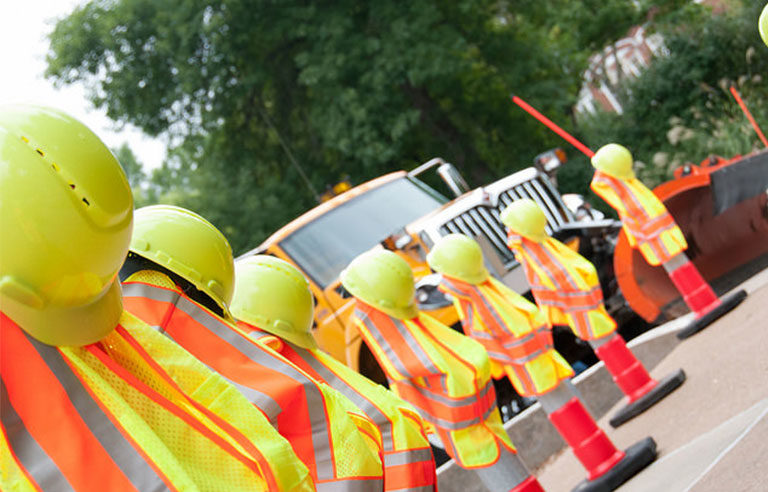‘Tragic trend’: On-the-job deaths at highest level since 2008, BLS reports

Washington — A total of 5,190 workers died from on-the-job injuries in 2016 – a 7 percent increase from 2015 and the highest number of fatalities since 5,214 workers died in 2008, according to data released Dec. 19 by the Bureau of Labor Statistics.
The data also shows that the overall rate of fatal workplace injuries climbed to 3.6 per 100,000 full-time equivalent workers in 2016 from 3.4 per 100,000 FTE in 2015.
Also notable:
- Transportation-related fatalities – which increased slightly to 2,083 – accounted for 40 percent of all fatal work-related injuries in 2016.
- Among workers 55 and older, 1,848 deaths occurred – the highest total among this demographic since the Census of Fatal Occupational Injuries began in 1992.
- Drivers/sales workers and truck drivers experienced 918 fatal injuries, the most of any occupation, while logging workers had the highest rate of fatal injuries, at 135.9 per 100,000 FTE. The number of fatalities among loggers increased to 91 in 2016 from 67 in 2015.
- Fatal injuries among leisure and hospitality workers were 32 percent higher in 2016 than 2015.
- Fatal injuries among the mining, quarrying, and oil and gas extraction industry fell by 26 percent in 2016.
- Texas had the most worker deaths – 545 – followed by California (376), Florida (309) and New York (272). In all, 36 states experienced increases in deaths attributed to workplace injuries in 2016.
The number of fatalities rose for the third consecutive year – a development Deputy Assistant Secretary of Labor Loren Sweatt called a “tragic trend.”
“America’s workers deserve better,” Sweatt said in a Dec. 19 press release. “The Occupational Safety and Health Administration is committed to finding new and innovative ways of working with employers and employees to improve workplace safety and health. OSHA will work to address these trends through enforcement, compliance assistance, educating and training, and outreach.”
The data release is the second of two annual BLS reports. The first, released in November, highlighted nonfatal injury and illnesses among private-sector employees.
Post a comment to this article
Safety+Health welcomes comments that promote respectful dialogue. Please stay on topic. Comments that contain personal attacks, profanity or abusive language – or those aggressively promoting products or services – will be removed. We reserve the right to determine which comments violate our comment policy. (Anonymous comments are welcome; merely skip the “name” field in the comment box. An email address is required but will not be included with your comment.)

